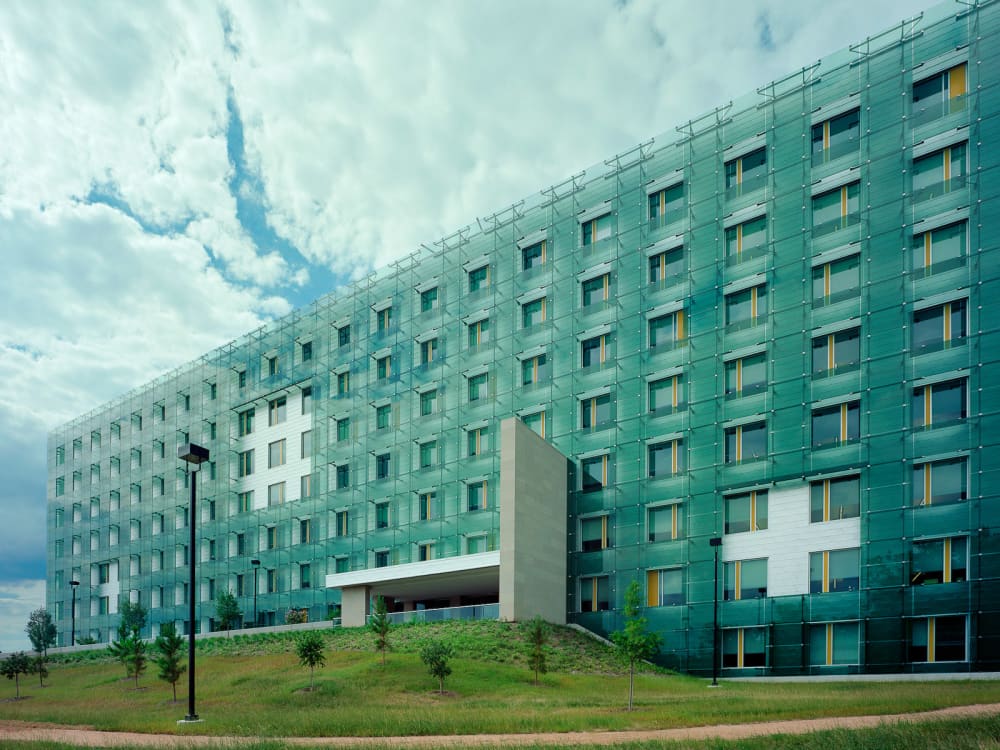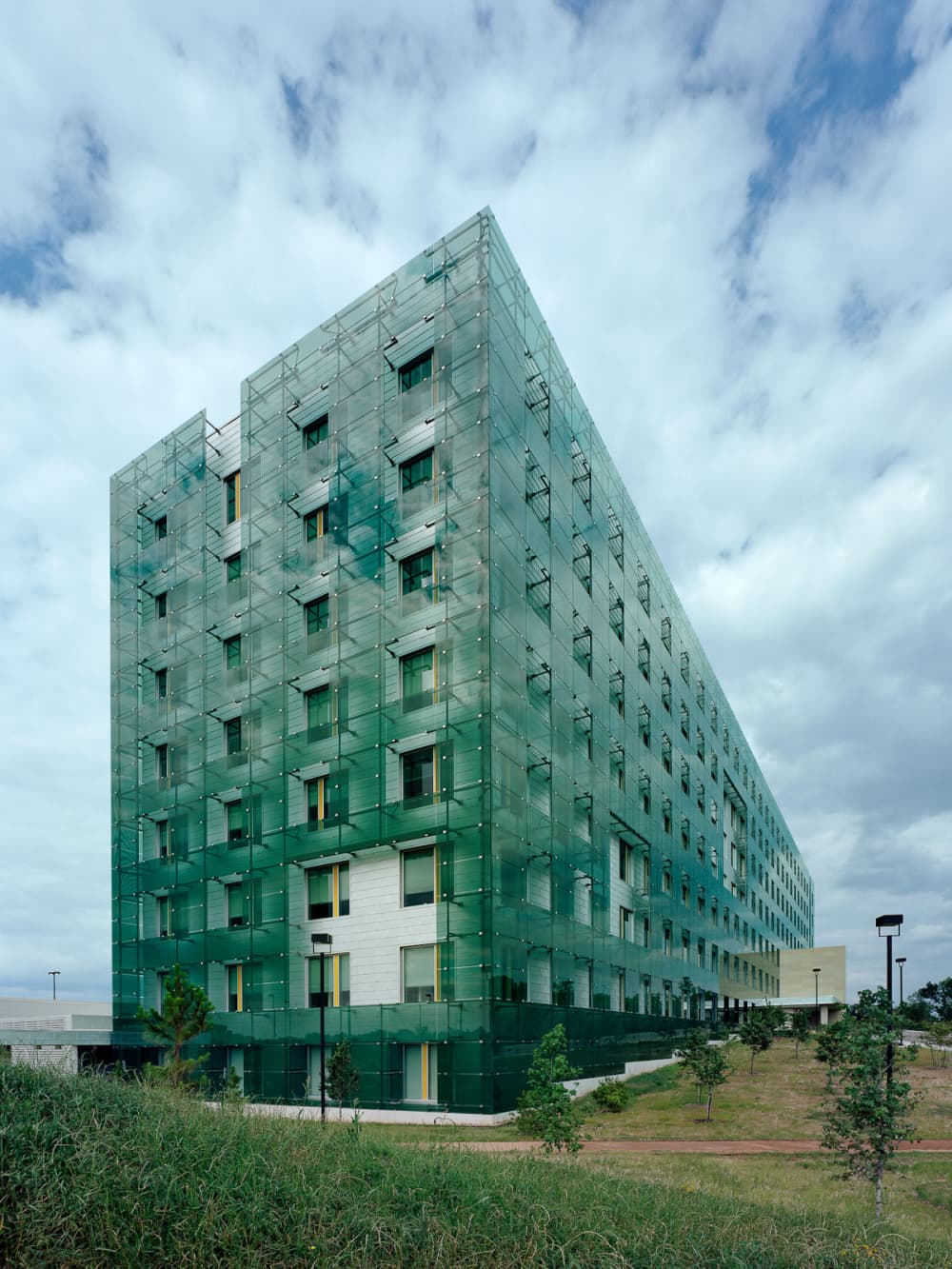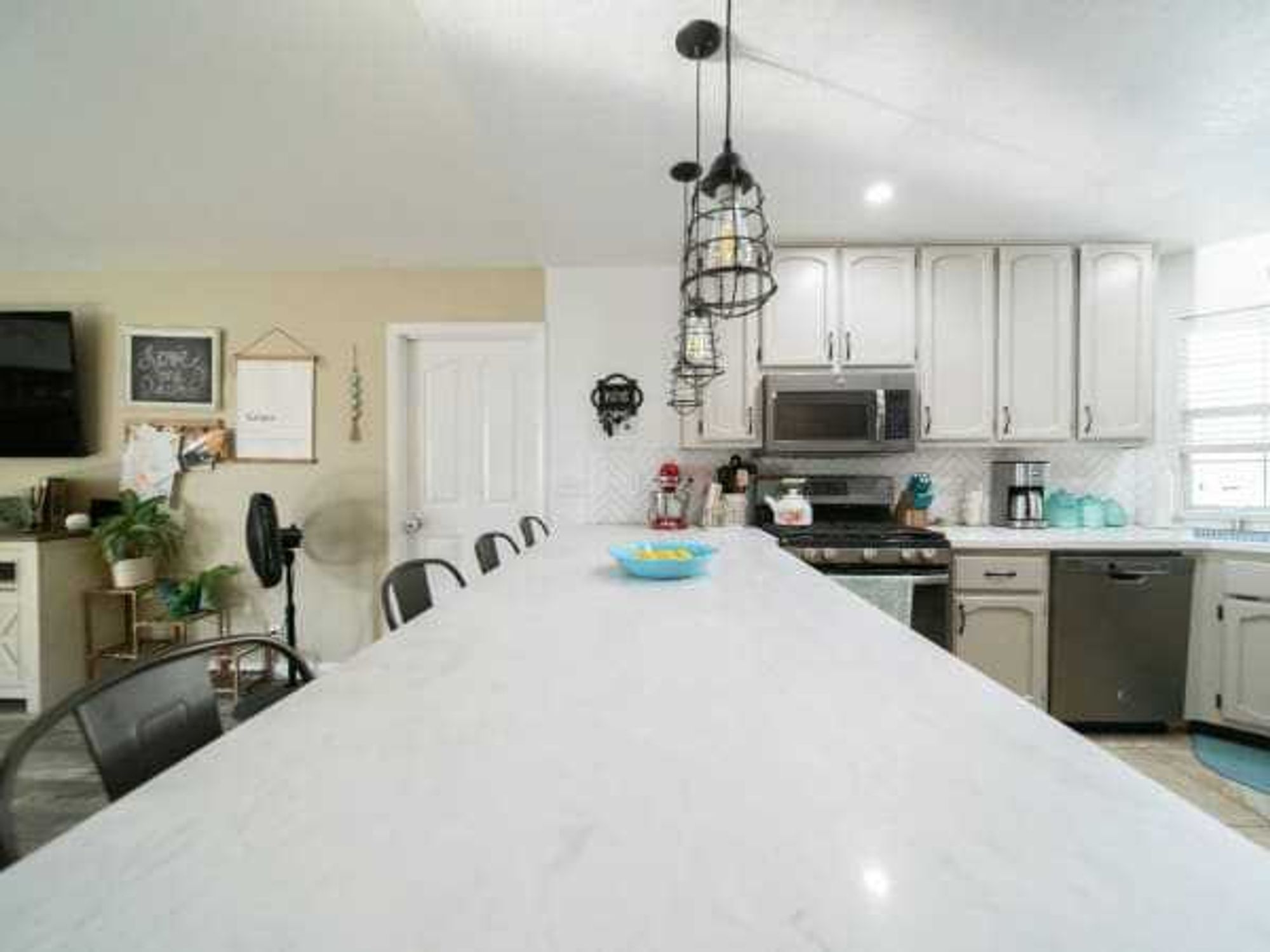Architecture
It's a crime more people can't see the new FBI building
 Timothy Hursley
Timothy Hursley
It was a shock to be detained by the FBI, although I can't say I've never been in trouble with the law. We've all been to college, right?
The agent looked remarkably average with a “guy” haircut, polo shirt, even cargo pants—until I noticed the gun at his hip.
He refused to drop his stare. It was one of those glances they must teach when training new agents. Someone must have told him that you can tell if someone is lying by staring at them. So he did.... but I wasn't.
I was standing on the sidewalk taking pictures of the new FBI Field Office Building designed by Larry Speck of PageSoutherlandPage in a joint venture with Leo A Daly. Two cars paused as they exited the compound—both drivers reached for their phones—and before long three security guards and an agent, all armed, brought me inside the security booth and questioned me.
That was as close as I got to an actual tour of the building.
The new FBI building is a part of the General Service Administration’s Design Excellence program, where the federal government hires accomplished architects to design buildings emphasizing creativity. The intent is to attract the admiring public, so this wasn't the reception I expected. If the architect does a job right the public will drop by to admire the building, maybe even take a photo. After all there are no signs prohibiting such behavior. Yet even from a public right of way across the street, this is a privilege that is evidently not respected.
As I was told by the detaining agent, “It’s different here.”
Architecturally at least, the new building, located on Justice Park at Highway 290 and 43rd street, is a good thing. Though one must question the thinking behind putting one of the most insular and secretive government departments in a structure that attracts notice, this building certainly deserves the attention of the curious.
Slowed by security reevaluations in a post-9/11 world, the building has been a long time in the making. Many in my profession have watched eagerly as it slowly emerged. The light color of the metal skin in combination with a glass screen that covers the building has led some to wonder if it remains unfinished.
Contrary to popular rumor, the green glass is not “blast-proof.” But it performs an important function—cutting down the direct exposure of the sun on the face of the building. The glass, along with reflective aluminum, contributes substantially to keeping the building cool. This double-skin technique is common in more architecturally progressive regions and should be utilized more in Houston if it can cut the temperature 15-20 degrees as calculated.
Though the voids in the glass are “compositional” and expose the building behind the screen, brief reflection suggests that those within would prefer no indication of what is going on inside, and that these elements, much to the chagrin of functionalists, must remain an aesthetic gesture.
But this compositional quality is exactly what should be celebrated about this building. I am thankful that the government sees value in design. Instead of building another banal, inward-looking and isolated building, someone decided that there was added value in making it an attractive part of the community.
Now only if the inhabitants would feel the same way.
